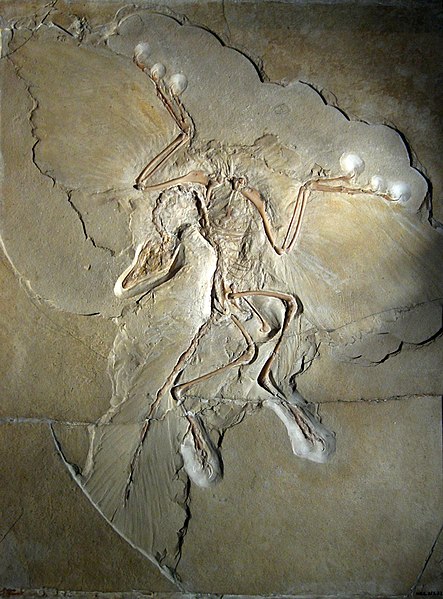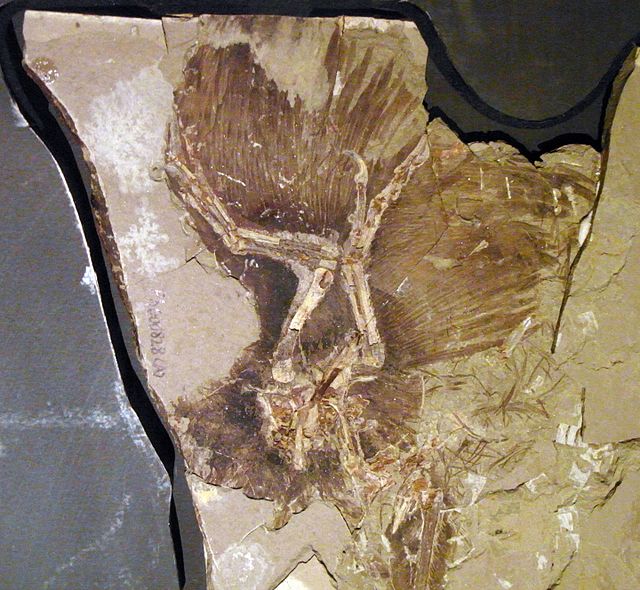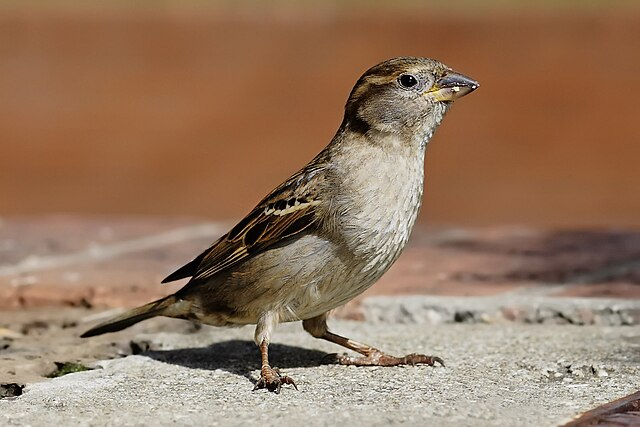Bird vocalization includes both bird calls and bird songs. In non-technical use, bird songs are the bird sounds that are melodious to the human ear. In ornithology and birding, songs are distinguished by function from calls.
Bird vocalization
Wing feathers of a male club-winged manakin, with the modifications noted by P. L. Sclater in 1860 and discussed by Charles Darwin in 1871. The bird produces sound with its wings.
The Western Australian raven (Corvus coronoides, ssp. perplexus) makes a slow, high-pitched ah-ah-aaaah sound. Australian raven territorial callⓘ
A mated pair of white-naped cranes (Antigone vipio) performing a "unison call", which strengthens the pair bond and provides a territorial warning to other cranes
Birds are a group of warm-blooded vertebrates constituting the class Aves, characterised by feathers, toothless beaked jaws, the laying of hard-shelled eggs, a high metabolic rate, a four-chambered heart, and a strong yet lightweight skeleton. Birds live worldwide and range in size from the 5.5 cm (2.2 in) bee hummingbird to the 2.8 m common ostrich. There are over 11,000 living species, more than half of which are passerine, or "perching" birds. Birds have wings whose development varies according to species; the only known groups without wings are the extinct moa and elephant birds. Wings, which are modified forelimbs, gave birds the ability to fly, although further evolution has led to the loss of flight in some birds, including ratites, penguins, and diverse endemic island species. The digestive and respiratory systems of birds are also uniquely adapted for flight. Some bird species of aquatic environments, particularly seabirds and some waterbirds, have further evolved for swimming. The study of birds is called ornithology.

Archaeopteryx is often considered the oldest known true bird.
Anchiornis huxleyi is an important source of information on the early evolution of birds in the Late Jurassic period.
Confuciusornis sanctus, a Cretaceous bird from China that lived 125 million years ago, is the oldest known bird to have a beak.
The range of the house sparrow has expanded dramatically due to human activities.








